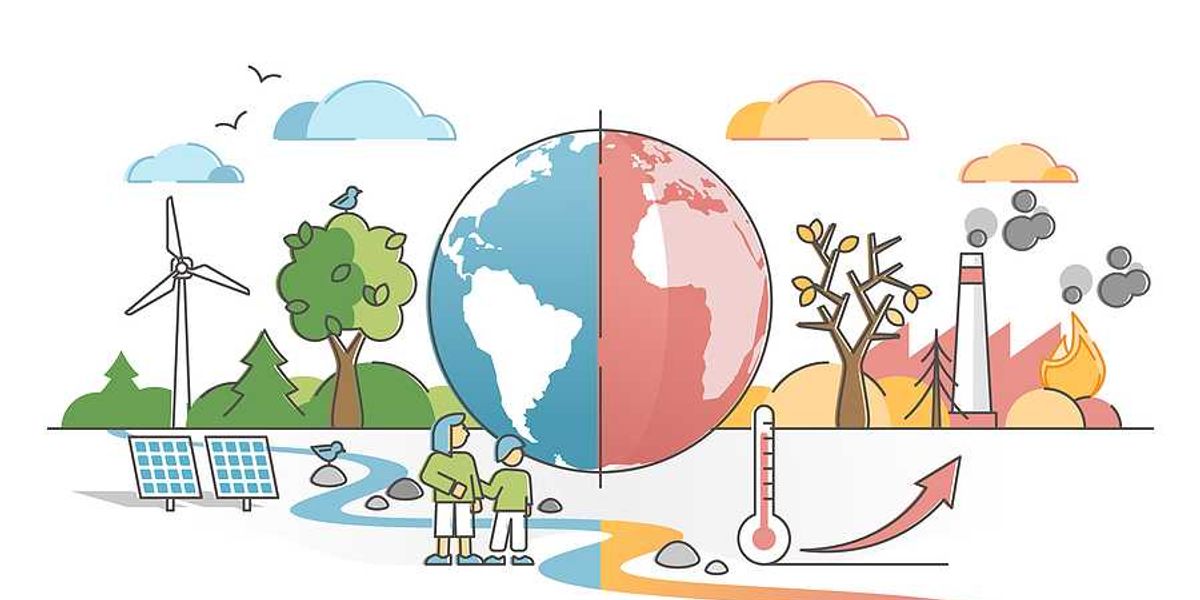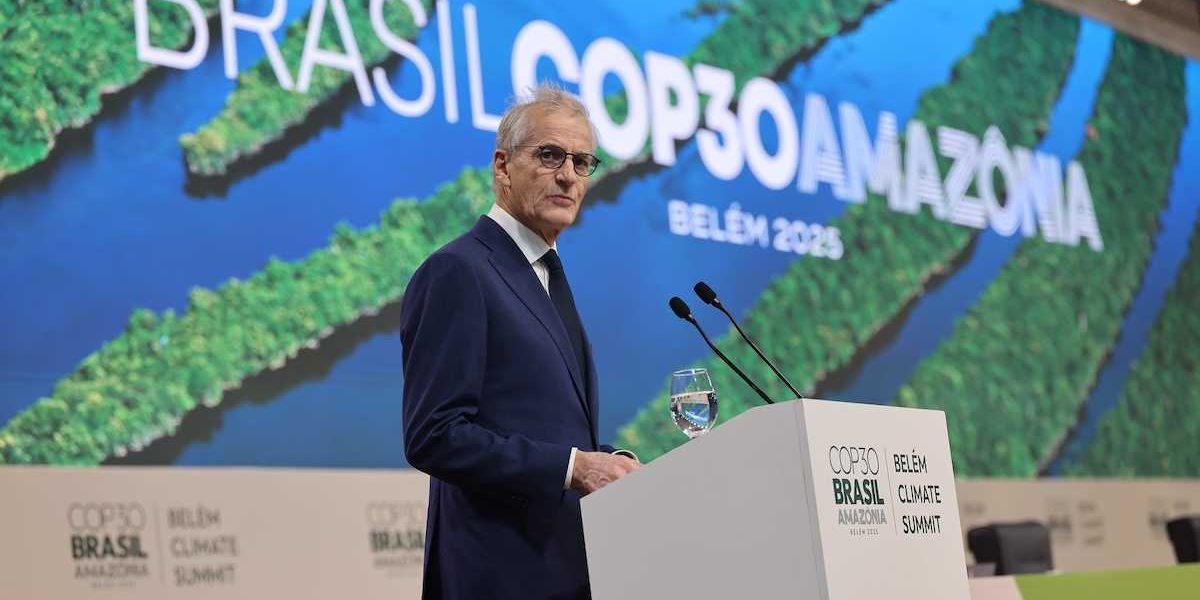
Copenhagen turns to creative green engineering to outsmart future floods
Copenhagen is rewriting the rulebook on flood protection with an ambitious plan to turn the city into a giant sponge — soaking up rain, storing it underground, and using parks, tunnels, and even bike shelters to manage the deluge.
Paul Hockenos reports for Yale Environment 360.
In short:
- After a devastating flood in 2011 caused $1.8 billion in damages, Copenhagen launched the Cloudburst Management Plan, blending green infrastructure with massive underground engineering to handle future storms.
- Hundreds of new parks, bioswales, tunnels, and water-retaining public spaces now dot the city, reducing flood risk in key areas by up to 50% while doubling as urban gathering spots.
- Though the city is far from done, its “sponge city” model is now influencing cities worldwide and offering added benefits like cooling, biodiversity, and drought resilience.
Key quote:
“Copenhagen’s adaption efforts aren’t just technical and functional, but they’re social too. The infrastructure is aesthetically pleasing and experiential, like collection basins that are also skate parks and amphitheaters.
— Maryam Naghibi, urban landscape architect, Delft University of Technology
Why this matters:
By employing a forward-thinking mixture of above-ground beauty and below-ground muscle, Copenhagen's Cloudburst Management Plan points the way for many cities struggling to cope with a warming world. With extreme weather and rising seas threatening urban centers everywhere, the Danish capital's flood strategy offers a compelling example of how smart design responsive to local conditions can protect health, prevent disaster, and improve daily life.
Read more: People need shelter from climate change — their health hangs in the balance













